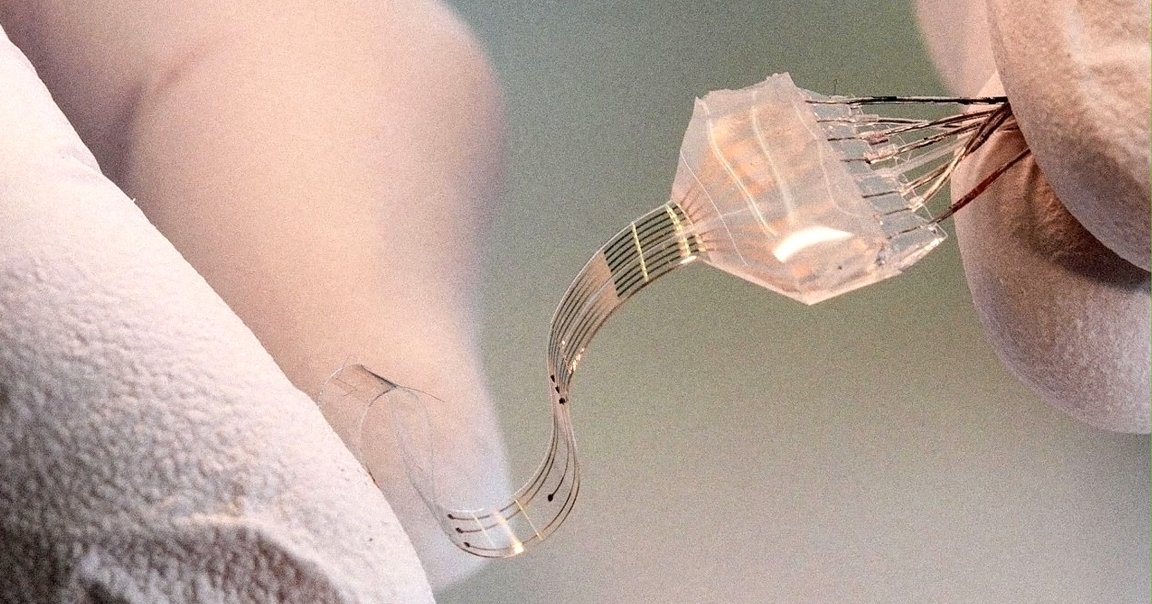
WALK THIS WAY
For many patients, total lower limb paralysis caused by spinal cord damage means a lifetime in a wheelchair. But a new treatment might mean the diagnosis isn’t so permanent: A 29-year-old man paralyzed by a snowmobile accident in 2013 is walking again, according to a new paper, thanks to a device that delivers electrical stimulation to his spine.
“What this is teaching us is that those networks of neurons below a spinal cord injury still can function after paralysis,” said Kendall Lee, a neurosurgeon at Mayo Clinic’s Neural Engineering Laboratories who worked on the treatment, in a press release.
SLOW AND STEADY
A study published Monday in the journal Nature Medicine describes the new treatment. It started with 22 weeks of physical therapy for the patient, to ensure that he wouldn’t be able to regain his ability to walk on his own, Lee told reporters during a press briefing.
Then a neurosurgery team at the Mayo clinic implanted an electrode, approved by the Food and Drug Administration (FDA) for pain relief, in the man’s back. Using a wireless controller, they could direct the device to provide pulses of electrical current straight to his spine.
BABY STEPS
During 113 rehabilitation sessions spread out over 43 weeks, the researchers tested various combinations of electrical stimulation and other variables, such as harness supports and treadmill speed. Little by little, he was able to move his legs — though at first he had to view his legs in mirrors to keep track of their placement, since they had no feeling, and trainers had to help him stand and shift his weight.
Eventually, the man was able to take 331 steps using a front-wheeled walker and occasional assistance from trainers. This was the equivalent of 111 yards, or more than the length of a football field. Turning off the device halted the man’s ability to walk, meaning the electrical stimulation was almost certainly the cause of his regained mobility.
FIRST STEPS
This isn’t the first time electrical stimulation has helped a person walk, but the new study confirms that that first example was no fluke.
That’s the good news. The bad news is that the researchers have little idea why their treatment worked — just that it did. The next step, Lee said during the press briefing, will be to explore that question, and whether electrical stimulation can do the same for other patients.
The doctors have already started trying to answer it — they’ve implanted the device in at least one other patient, though Lee said it was too early to discuss those results. Still, if they’re as favorable as the ones released Monday, we could be on the path to a future in which total lower limb paralysis is no longer a lifetime diagnosis.
READ MORE: Spinal Cord Stimulation, Physical Therapy Help Paralyzed Man Stand, Walk With Assistance [Mayo Clinic]
More on paralysis: There’s a $100 Million Plan to Make a Synthetic Spinal Cord to End Paralysis